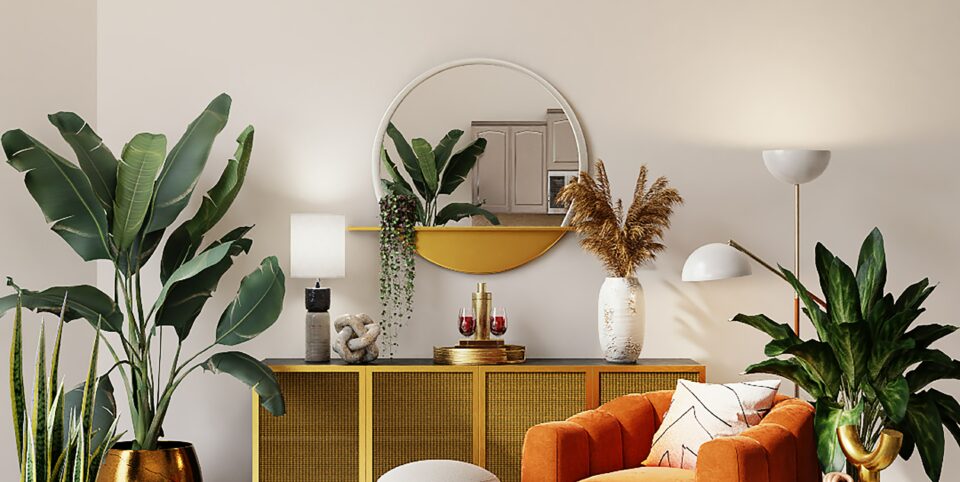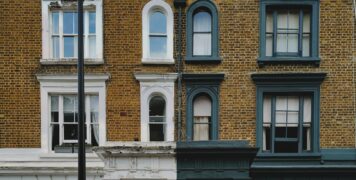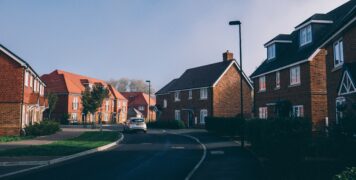Contact
020 4515 6728
info@ccameron.co.uk
Charles Cameron & Associates
Blackfriars Foundry
154-156 Blackfriars Road
London SE1 8EN
Share to buy!
July 4, 2023
Information published was correct at the time of writing
Buying a home through the shared ownership scheme...

Saving a higher deposit is usually the key to securing better mortgage deals, but it’s not always feasible to save tens of thousands of pounds upfront. However, this doesn’t mean that purchasing a property is out of reach. Fortunately, there are affordable home ownership schemes available, and shared ownership is one of them.
Shared ownership is a scheme designed for first-time buyers or individuals who may find it more difficult to purchase a home on the open market due to small deposits. It enables them to buy a share in a property and pay rent on the rest.
GETTING ONTO THE PROPERTY LADDER
Under this scheme, you purchase a share in a property from a housing association or registered provider. You only make mortgage repayments on the percentage you own, which can vary from 10% up to 75% of the property.
You also pay rent on the remaining share at a reduced rate directly to the housing association or developer. As a result, you will require less upfront deposit and smaller mortgage payments – sometimes as little as 5% of your share purchase. This makes shared ownership an alternative option for those who cannot afford to buy their dream house outright but want to get onto the property ladder.
BECOMING AN OUTRIGHT OWNER
Shared ownership is a popular way for people to get on the property ladder. If you buy a 25% share in a property worth £150,000, your share would be worth £37,500.
The remaining balance of £112,500 is owned by the housing association, which charges rent based on an assumed initial rental rate of 2.75%. This means paying approximately £257.81 per month in addition to your mortgage payments. The landlord will review your rent annually and link it to RPI inflation.
‘Staircasing’ allows you to increase the percentage of the property you own in stages, up to 100%, becoming an outright owner. The amount you pay is based on the value of the property at that time; if it rises, you’ll pay more for your share and vice versa.
NEW GRADUAL STAIRCASING MODEL
A valuation carried out by the housing association determines the cost of buying additional shares in the property. Generally, you can buy a minimum of 5% or 10% shares when staircasing, depending on each housing association’s rules. Buying shares above 10% must be done incrementally (e.g. 15%, 20%, 25%).
In 2022, a new gradual staircasing model was introduced enabling shared owners to staircase in smaller instalments of 1% per year for the first 15 years. It’s essential to keep up with mortgage repayments and shared ownership lease payments; otherwise, there’s a risk of home repossession.
ELIGIBILITY FROM COUNTRY TO COUNTRY
Shared ownership eligibility requirements vary from country to country. You can check the specific criteria for each country, such as England, Scotland and Wales, by visiting their respective websites. Northern Ireland has a similar scheme called co-ownership.
If you have a long-term disability and haven’t been able to find a home that suits your needs through other shared ownership schemes, HOLD (Home Ownership for People with Long-Term Disabilities) may be a useful scheme available only in England.
“Shared ownership is a scheme designed for first-time buyers or individuals who may find it more difficult to purchase a home on the open market due to small deposits. It enables them to buy a share in a property and pay rent on the rest.”
GUIDING YOU THROUGH AFFORDABLE OPTIONS
Similarly, OPSO (Older People’s Shared Ownership) is another scheme exclusively available in England for people aged over 55. It works just like the general shared ownership scheme, but you can only buy up to 75% of your home. During the application process, expect questions about your income, savings and credit history.
The agent will guide you through affordable options and eligibility criteria while showing shared ownership properties in your area. After finding a suitable property, pay the reservation fee and undergo another financial assessment that may include a credit check.
OTHER BUYERS LOOKING TO PURCHASE
If you own 100% of the property, selling it is straightforward. However, if not wholly owned by you or someone else on the scheme, there’s usually a set period during which housing providers try to sell it to other buyers looking to purchase through the same scheme.
Once this time lapses without success or if all parties agree to it earlier on, then selling it yourself is possible, but as part of shared ownership where buyers must purchase an equal or higher share than what is currently owned.
Don’t forget, our professional friendly advisers are on hand to support you and can help you explore all of your options.



